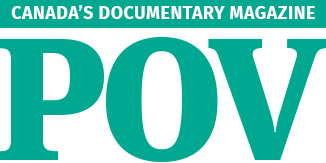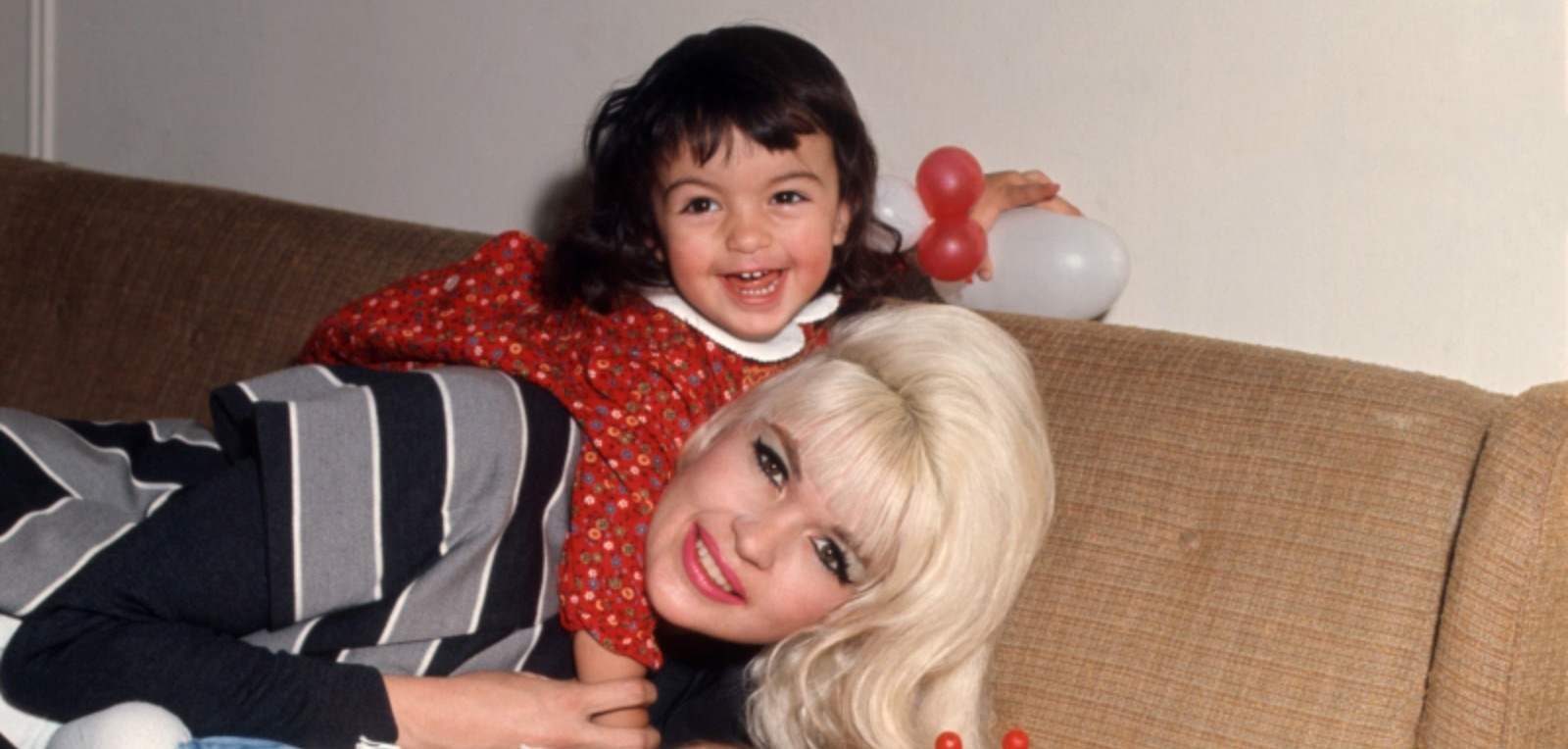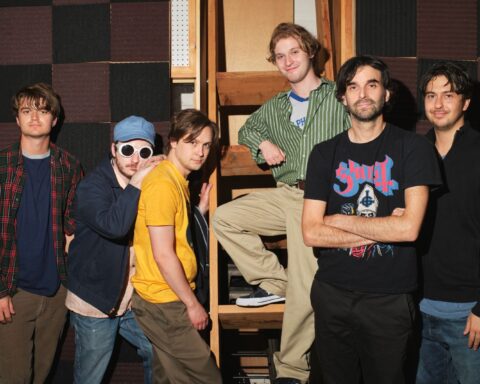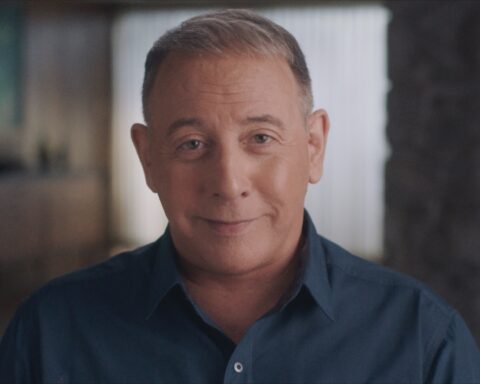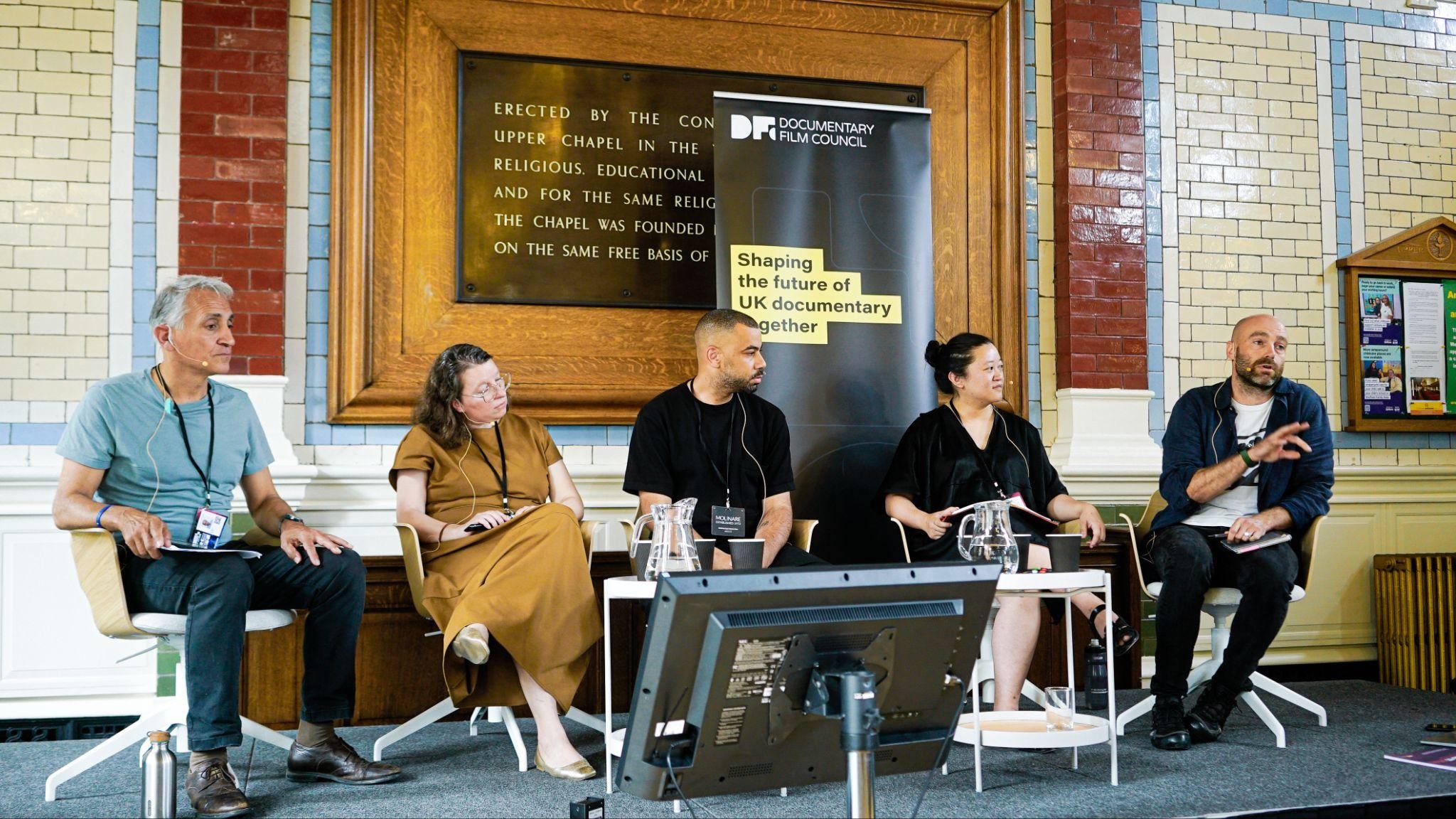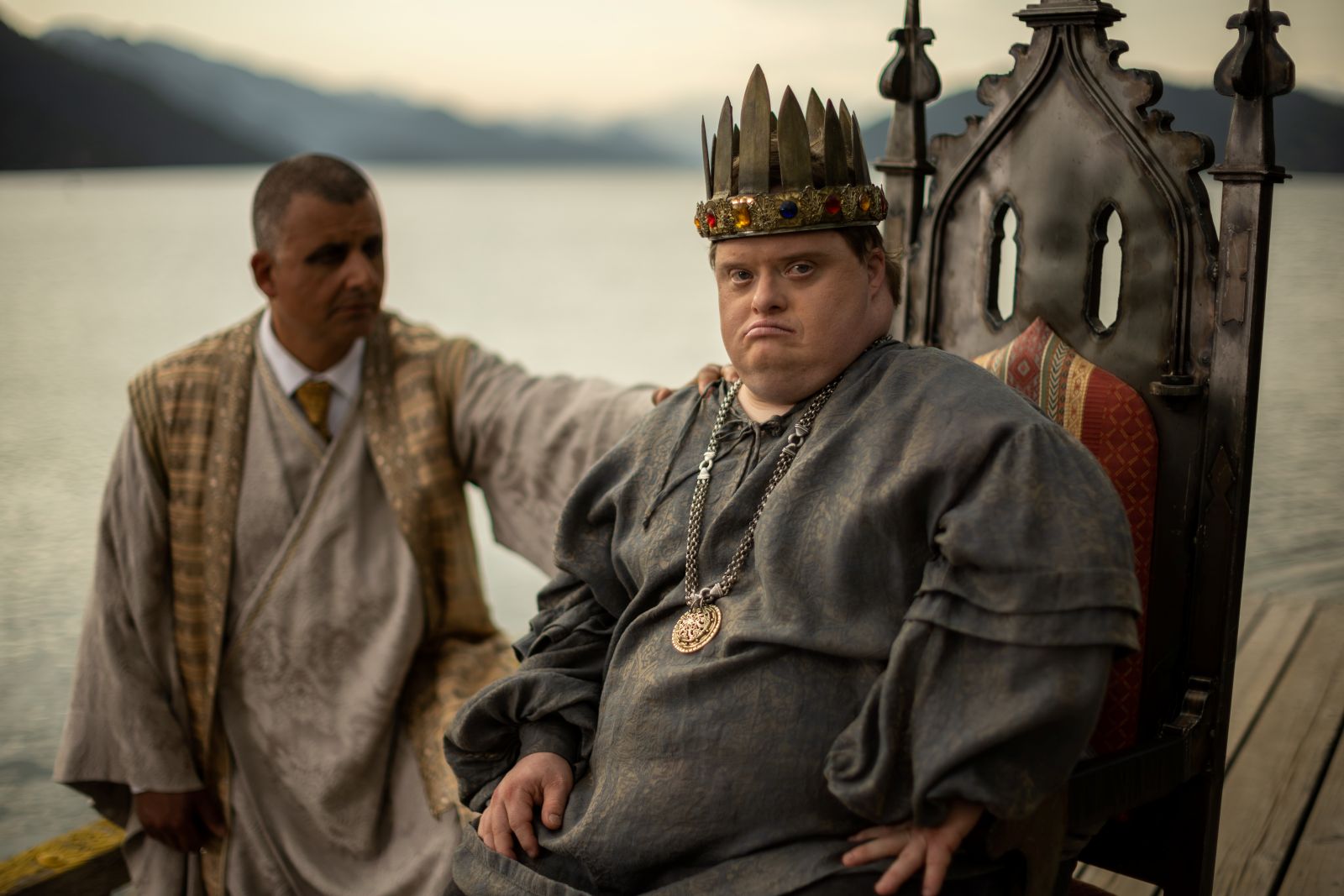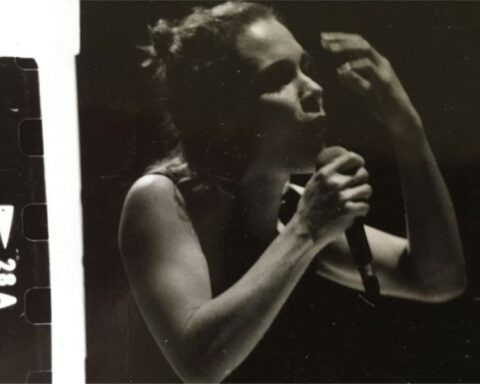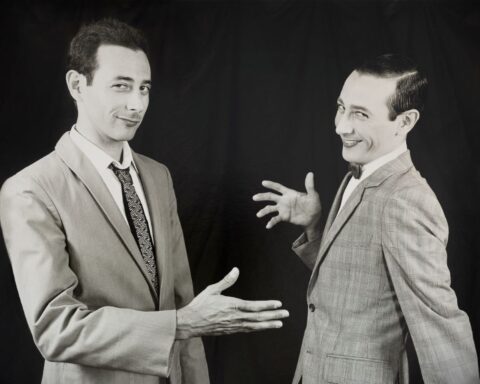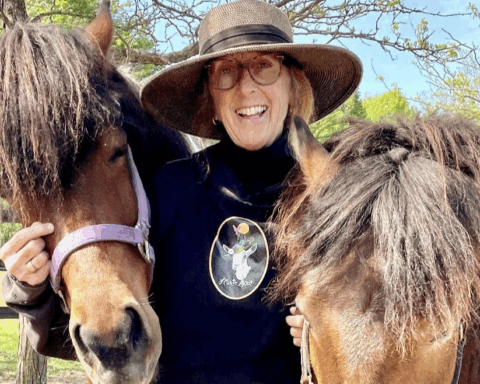My Mom Jayne
(USA, 105 min.)
Dir. Mariska Hargitay
Actress and director Mariska Hargitay recalls how she was only three years old when her mother, Jayne Mansfield, died in a car accident. That tragedy serves as Hollywood lore. It’s a story that’s been mythologized, fictionalized, and sensationalized. Tabloids, books, and movies have given plenty of attention to Mansfield’s accident. Many of those stories tell how young Mariska as in the back seat with her brothers Mickey and Zoltan. But those takes, which Hargitay says she hadn’t read at the advice of her father, Mickey, don’t give much insight into what it means to grow up knowing one’s mother through movies and urban legends. Hargitay bravely puts her family story on record in My Mom Jayne to understand the mother she never really knew.
Hargitay shares some big information in this documentary, and it’s a wonder that nobody scooped her before. As the documentary unfolds, there’s an echo of Sarah Polley’s Stories We Tell as Hargitay unspools a web of family secrets. Sifting through facts, half-truths, urban legends, and an exhaustive archive of photos and press clippings, she pieces together a sense of Jayne Mansfield, the mother, from a collection of shards of Jayne Mansfield the actress, pinup girl, and tabloid star.
The director admits that her only memory of her mother relates to a bowl of cereal at breakfast. But even she can’t tell if it’s real or the product of a child’s imagination. As Hargitay tours the grounds that remain of Mansfield’s home, she reflects in voiceover that she somewhat disassociated from her mother. Hargitay, best known for her award winning turn as Detective Benson on Law & Order: Special Victims Unit, acknowledges that she gravitated towards characters who were the antithesis of Mansfield’s buxom blondes. However, as she learns more about Mansfield as a mother, she gains a better grasp her mom’s own struggle with typecasting.
My Mom Jayne weaves an intensely personal family story within an exploration of Hollywood lore. Hargitay charts Mansfield’s biography with the help of siblings Mickey and Zoltan, both born to Mansfield’s second husband, Mickey Hargitay, and elder half-sister Jayne Marie, from Mansfield’s first marriage. Hargitay gets emotional as she wonders what it was like for a young mother to make a stab at a career in movies. Moreover, she can’t help but see the chilling parallel that her mom was only three years old herself when her father died. He had a heart attack while driving, and young Jayne was in the back seat.
The loss of a parent therefore informs the consideration of Mansfield’s life from both ends. Being too young to remember Mansfield’s Hollywood years herself, though, Hargitay benefits from the extensive range of publicity that her mom accumulated over the years. Books upon books hold press clippings, while file cabinets packed with photos fill the family storage locker. So too do other bits of Mansfield memorabilia including magazine covers, posters, and a weathered Golden Globe.
Hargitay often returns to her mom’s famed sex appeal while making sense of these fragments. Her consideration assumes a level of forgiveness having gone through the Hollywood gauntlet herself. As My Mom Jayne cites Mansfield’s Broadway turn in Will Success Spoil Rock Hunter? as an ingénue’s breakthrough, a cut to a cover of the actress on Life magazine with the headline “Broadway’s smartest dumb blonde” says it all.
The film considers how Hollywood packaged Mansfield to follow Marilyn Monroe’s success as the curvaceous blonde bombshell. Mansfield, Hargitay notes, could speak five languages and play both the piano and the violin, but Hollywood sexism pigeonholed her as the pinup girl. Mansfield’s kids rebut that image as a role their mom played, affecting a voice and going without make-up at home. Mansfield’s prized piano, meanwhile, becomes a symbol for Hargitay’s reclamation of her mother as she seeks to buy it back from singer Engelbert Humberdinck, who bought Mansfield’s home after her death.
The documentary often risks becoming the kind of family viewing that audiences have seen before. Natalie Wood and Donna Summer, for example, fuel well-intentioned docs about their daughters that get bogged down in nostalgia. But the prismatic nature of the story means that Hargitay can’t rely on her own memories and must re-examine fragments from new angles. This reality means that she can’t ignore aspects of her mother’s personal life and facts that directors without a degree of separation from their subjects often leave to other biographers.
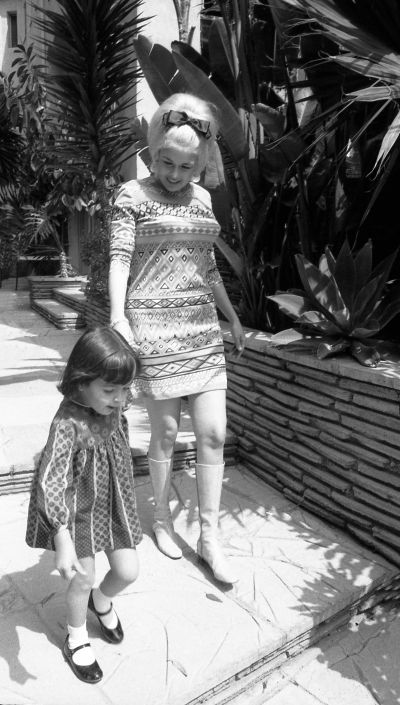
The personal account of Mansfield’s fatal car accident, told by the kids who survived it and the step-mother who raised Hargitay in the aftermath, alone should settle some skeptical viewers with the raw emotion it raises as Hargitay listen to her brother remember waking up in an ambulance, covered in blood, asking where his sister was. It turns out that first responders missed the young girl altogether and had to retrieve her from the crumbled car where she was pinned under the passenger seat.
Moreover, the wealth of unsatisfying accounts of Mansfield’s life necessitate Hargitay’s curiosity. There are too many glaring questions she can’t ignore. Hard truths need confrontation if she wants to right her family story. “By the time I came along, I got the sense that there was a lot going on,” Hargitay admits in voice over.
Images of Mansfield and the family assume a new tone with this reflection. Gaps in testimonies make sense and stories about Mansfield’s on/off relationship with Mickey Hargitay crystalize. The director revisits a clip from The Merv Griffin Show with which she opens the film. In it, Mansfield presents her kids, with young Mariska introduced as “Maria,” and brings a new husband on stage. Hargitay pieces parts of the story together and brings to light new information about Mansfield’s many loves and the secret branches of the family tree.
One gets the sense that, much like Polley’s inspiration with Stories We Tell, Hargitay recognized a journalist sniffing around. (In this case, Katie Couric.) The documentary therefore lets her put the family narrative straight after so many tabloids and headlines. (Audiences wanting stories about Mansfield’s alleged dabbling in the occult should look to other docs.)
The final act of the film sees Hargitay crack open biographies that her father warned her to avoid. Among them is a book by Mansfield’s longtime press secretary Rusty Strait, who, at nearly 100, sits down for an illuminating interview. Hargitay asks him pointedly what right he had to dish about her mother’s personal life, and he defends the book, noting the longevity of his relationship with Mansfield and being privy to those stories. The irony here is that Hargitay’s life could have been quite different had she read the book earlier.
As My Mom Jayne reappraises Mansfield’s story, Hargitay finds a surprisingly moving account of sacrifices made for the benefit of a family. My Mom Jayne makes clear that one’s mother can be the most photographed woman in Hollywood, but snapshots only tell small pieces of a story. Hargitay’s film lovingly connects the Mansfield family’s stories both public and private into a collective picture. And a refreshingly fuller one at that.
